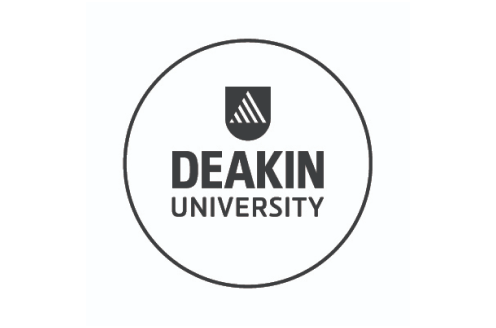Introduction to Analytics
Learn Analytics from basics in this free online training. Free Digital marketing course is taught hands-on by experts. Learn Spectrum of Analytics, Descriptive Analytics, Diagnostic, Predictive and Prescriptive Analytics in detail
Instructor:
Mr. Rounak Dholakia
Ratings
Level
Learning hours

Learners
Skills you’ll Learn
About this course
This introduction to analytics course covers the fundamentals of analytics, including Business Analytics. Business Analytics is the practice of analyzing data to make data-driven decisions in a business context. One example of this is Amazon Recommendation, where data is used to recommend products to customers. The spectrum of analytics is divided into four categories: descriptive, diagnostic, predictive, and prescriptive analytics. Descriptive analytics describes what happened in the past, while diagnostic analytics helps to identify why it happened. Predictive analytics uses data to predict what might happen in the future, and prescriptive analytics recommends actions to achieve a specific outcome.
Check out our PG Course in Machine learning Today.
Course Outline
 UPGRADE
UPGRADE
Recommended university programs
What our learners enjoyed the most
Easy to Follow
61% of learners found the course easy to follow
Our course instructor

Mr. Rounak Dholakia
Academic Operations Head (PGP DSBA)
Data Science Expert
Other Data Science tutorials for you
Introduction to Analytics
Analytics is the practice of using data to derive insights and make decisions that drive business outcomes. It can be applied to various areas of business, including marketing, operations, finance, and human resources. In this article, we will discuss different types of analytics, tools and technologies used in analytics, and the benefits of using analytics.
Analytics can be divided into several categories, including descriptive analytics, diagnostic analytics, predictive analytics, and prescriptive analytics. Descriptive analytics provides insights into what happened in the past, while diagnostic analytics helps identify why something happened. Predictive analytics uses historical data to predict future outcomes, and prescriptive analytics provides recommendations on what actions should be taken to achieve a particular outcome.
To perform analytics, specialized tools and technologies are needed to collect, store, analyze, and visualize data. Data management tools are used to collect, store, and manage data, while business intelligence (BI) tools are used to analyze and visualize data. Statistical analysis tools are used to analyze data using statistical methods, while machine learning tools are used to build predictive models using machine learning algorithms.
Using analytics provides several benefits to businesses. It helps improve decision-making by providing insights into business operations, increasing efficiency and productivity by identifying inefficiencies and suggesting improvements, improving customer experience by better understanding customer needs and preferences, and increasing competitiveness by providing insights into market trends and identifying areas for improvement.
In conclusion, analytics has become essential to the success of businesses in today's digital world. It allows organizations to make data-driven decisions that improve business outcomes across various areas of business. Specialized tools and technologies are required to perform analytics, and the benefits of using analytics include improved decision-making, increased efficiency and productivity, improved customer experience, and increased competitiveness.











































